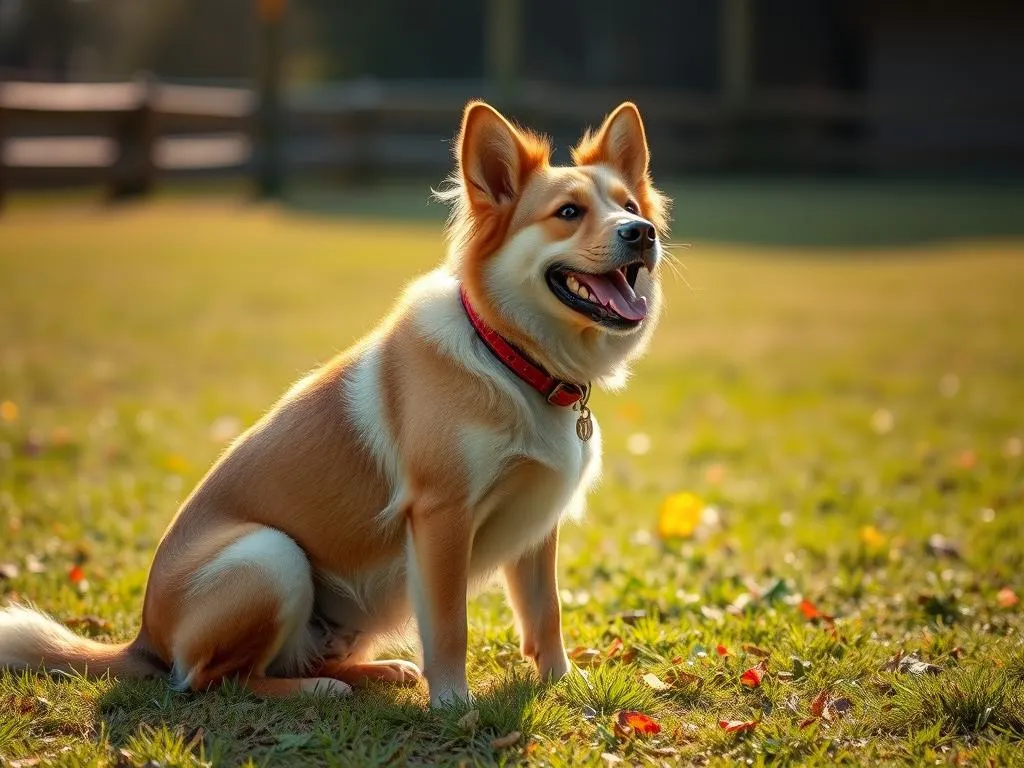
Introduction
When it comes to our furry friends, knowing how to pick up a dog properly is vital for ensuring their safety and comfort. Whether you’re helping them into a car, lifting them off the ground for a cuddle, or checking them for any physical issues, the way you handle your dog can significantly impact their well-being and your relationship with them. Using proper techniques not only protects the dog from injury but also helps them feel secure and relaxed in your care. In this comprehensive guide, we will explore essential aspects of dog handling, from understanding dog behavior and preparing for the lift to employing the right techniques and avoiding common mistakes.
Understanding Dog Behavior
Recognizing Dog Body Language
Before attempting to lift your dog, it’s crucial to interpret their body language. Signs of comfort include a wagging tail, relaxed ears, and a soft, relaxed expression. In contrast, if your dog exhibits a stiff body, tucked tail, pinned-back ears, or a growl, they might be feeling anxious or uncomfortable. Understanding these signals will help you gauge when it’s appropriate to pick them up and when to give them space.
Assessing the Dog’s Temperament
Each dog has a unique temperament influenced by factors such as breed, age, and individual personality. Certain breeds are more prone to be anxious or skittish, while others might be more comfortable with being handled. It’s essential to consider these factors when learning how to pick up a dog properly. Always observe how your dog reacts to different situations and adjust your approach accordingly.
Preparing to Pick Up a Dog
Assessing the Environment
Before you lift your dog, take a moment to evaluate your surroundings. Ensure that the environment is calm and safe, free from distractions such as loud noises or other animals that might startle your dog. A quiet space will help your dog feel more at ease and reduce the chances of unexpected movements or reactions.
Evaluating Your Own Comfort
Your own physical comfort is just as important as your dog’s. Know your limits when it comes to lifting weight. Maintain proper posture to avoid straining your back or arms. A good grip and stable stance will help you lift the dog safely while minimizing the risk of injury for both of you.
Techniques for Picking Up a Dog
Approaching the Dog Safely
Start by gaining your dog’s trust. Approach them calmly and avoid sudden movements that could startle them. Speak softly and let them see you before making any physical contact. Position yourself side-on to the dog to avoid looming over them, which can be intimidating.
The Correct Lifting Technique
Once you have the dog’s trust, follow these steps for a safe lift:
- Kneel or Squat Down: Bring your body closer to the dog’s level to minimize the stress on their joints and your back.
- Support the Hindquarters: Slide one hand under the dog’s hindquarters while the other arm goes around their chest.
- Securely but Gently Hold the Dog: Lift with your legs, keeping your back straight, and hold the dog close to your body for balance and comfort.
Special Considerations for Different Sizes
-
Lifting Small Dogs: For small breeds, use one hand to support their chest and the other to cradle their body. Ensure they feel secure against your torso.
-
Lifting Medium-Sized Dogs: Use a similar technique to small dogs but ensure you have a firm grip around their midsection and hindquarters to prevent them from wiggling away.
-
Lifting Large and Giant Breeds: For larger dogs, it’s best to have another person assist if possible. Use a technique where you support their chest and hindquarters simultaneously, taking care to lift with your legs rather than your back.
Common Mistakes to Avoid
Misjudging the Dog’s Comfort Level
One of the most common mistakes is ignoring signs of anxiety or fear. Always respect your dog’s comfort zone and avoid picking them up if they seem distressed. If they back away, growl, or show signs of discomfort, it’s better to let them come to you on their terms.
Incorrect Lifting Techniques
Using incorrect lifting methods can lead to injury for both you and your dog. Avoid lifting the dog by their legs, collar, or scruff, as this can cause pain or harm. Always follow proper lifting techniques to ensure a safe and comfortable experience.
Neglecting Safety Precautions
Always prioritize safety. Ensure you have a secure grip and that your balance is stable before lifting. If you feel uncertain about your ability to lift your dog, it’s okay to ask for help or use a ramp or other assistance.
Situations Requiring Special Attention
Handling Injured or Sick Dogs
If your dog is injured or unwell, lifting them requires extra caution. Use a gentle approach, providing support to their injured areas. If the injury is severe or if they are in significant pain, it’s best to consult a veterinarian for guidance on the safest way to move them.
Picking Up Puppies
When handling puppies, be mindful of their delicate bodies. Support their entire body, including their head and neck, to avoid injury. Puppies are often more squirmy, so ensure you have a good grip and are prepared for sudden movements.
Interacting with Unknown Dogs
When approaching a dog that is not yours, always ask the owner for permission before picking them up. Assess the dog’s body language and approach slowly, allowing them to sniff you first. If the dog seems anxious, it’s best to refrain from picking them up altogether.
Post-Pick-Up Care
Ensuring the Dog’s Comfort After Being Lifted
Once you’ve lifted the dog, be mindful of how you place them down. Gently lower them to the ground, ensuring they have stable footing before letting go. This will help them feel secure and reduce anxiety.
Monitoring for Signs of Distress
After handling your dog, watch for any signs of distress such as whimpering, pacing, or refusal to interact. If they exhibit any of these behaviors, allow them some time to adjust and offer reassurance.
Building Trust Through Positive Reinforcement
Reinforce positive behavior by providing treats and gentle praise after lifting your dog. This will help build trust and make future handling easier and more enjoyable for both of you.
Conclusion
In summary, knowing how to pick up a dog properly is not just about the physical act of lifting; it encompasses understanding your dog’s behavior, preparing yourself and the environment, and using the correct techniques. By being mindful of your dog’s comfort and safety, you can foster a stronger bond and ensure a positive experience for both you and your furry friend. Practice these techniques, pay attention to your dog’s signals, and you’ll become a pro at handling your canine companion with care and confidence.









